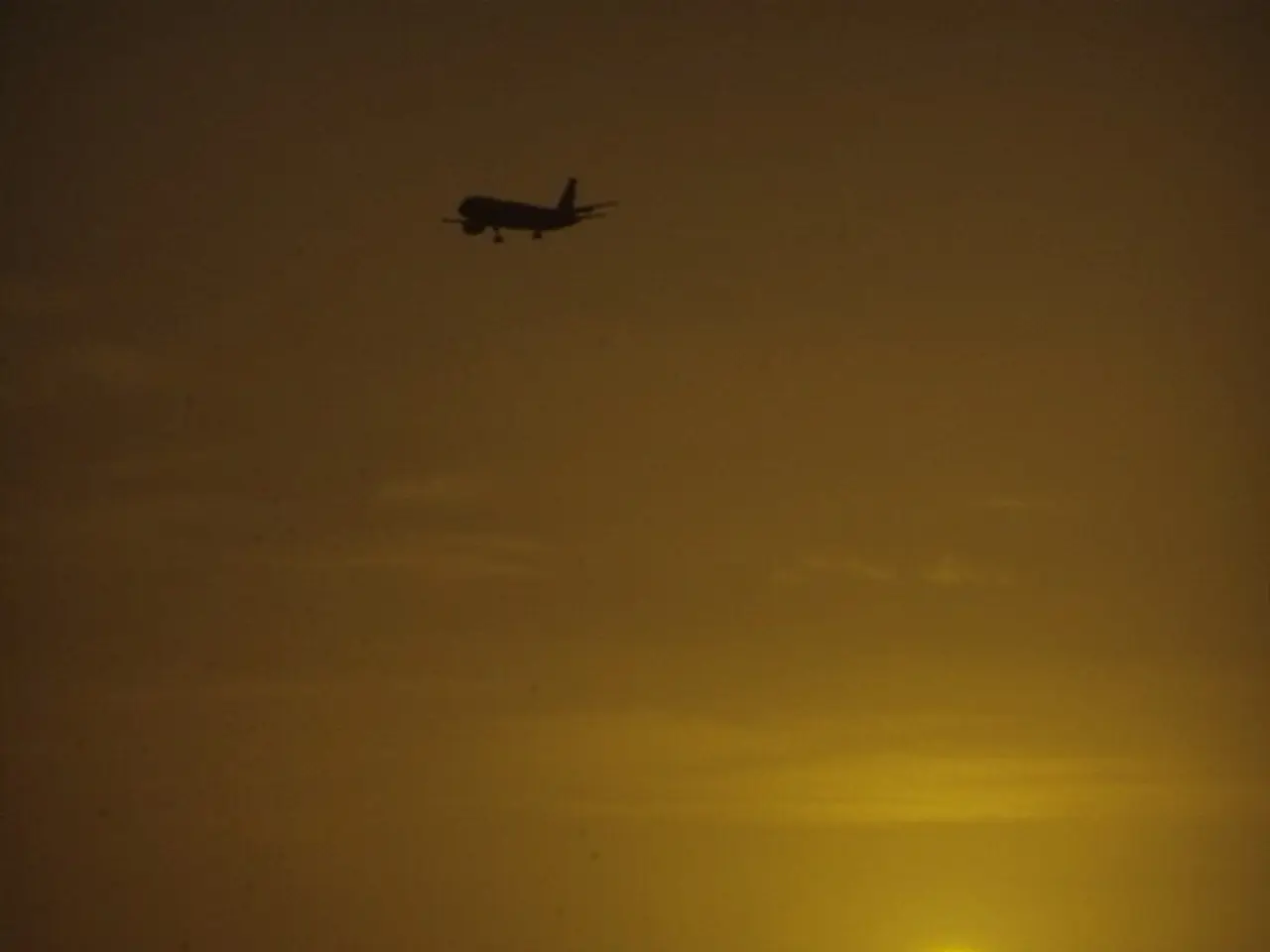NASA's Satellites Detect Inland Flow of 'River Tsunamis' Spanning Over 100 Miles
In a groundbreaking discovery, a team of researchers from Virginia Tech and NASA's Jet Propulsion Laboratory (JPL) have used satellite data to measure three large flood waves, also known as flow waves, in U.S. rivers. The study, published on May 14 in the journal Geophysical Research Letters, could revolutionise flood management and improve our understanding of river dynamics.
The largest measured river wave in U.S. rivers is not what one might expect. Contrary to popular belief, it is not the towering waves found in the mighty Mississippi or Missouri rivers. Instead, it is a historical megatsunami that occurred in Lituya Bay, Alaska, in 1958. Triggered by a magnitude 8.3 earthquake, this immense wave reached a staggering height of 1,719 feet (524 meters), making it the highest recorded wave in history.
Typical river waves in U.S. rivers, such as the Mississippi and Missouri, are much smaller and driven by flow dynamics, underwater terrain, and obstacles. These rivers are renowned for their length and discharge but do not generally produce such extreme wave heights.
However, the recent study by the research team has shed light on three significant river waves detected within the SWOT data. The first was in Montana's Yellowstone River in April 2023, followed by one in the Colorado River in Texas in January 2024, and one in Georgia's Ocmulgee River two months later.
The wave in the Ocmulgee River was 20 feet (6 meters) tall and spanned over 100 miles (165 kilometers), while the wave in the Yellowstone River was 9.1 feet (2.8 meters) tall and spanned 6.8 miles (11 kilometers). The wave in the Colorado River was an impressive 30 feet (9 meters) tall, spanned 166 miles (267 kilometers), and moved at around 3.5 feet (1.07 meters) per second for over 250 miles (400 kilometers).
The approach used by the researchers is claimed to be the first of its kind for measuring flood waves. By shooting microwaves at the water and measuring the time it takes for them to bounce back, SWOT can detect the height of almost all bodies of water on Earth's surface.
Cedric David, a hydrologist at the JPL, concluded that such space-based observations can bolster flood detection and warning systems. George Allen, a co-author of the study, stated that satellite data is complementary to stream gauges because it can help fill in the gaps where stream gauges are sparsely distributed.
If a significant river wave is detected in the data, it can be used to issue warnings and improve flood management. The study discusses the implications of analysing flow wave dynamics for human safety, infrastructure design and management, and fluvial ecology.
Nadya Vinogradova Shiffer, a SWOT program scientist who did not participate in the study, stated that SWOT can monitor total storage of waters in lakes and rivers and zoom in on dynamics and impacts of water movement and change.
In summary, while the largest river waves in U.S. rivers are megatsunamis caused by rare geological events, typical river waves are much smaller and driven by flow dynamics. The recent study by the research team has opened up new possibilities for understanding and managing river waves, with potential benefits for flood management, infrastructure design, and ecological conservation.
- The approach used by the researchers, which involves shooting microwaves at water and measuring the time it takes for them to bounce back, is claimed to be the first of its kind for measuring flood waves.
- The use of satellite data in flood management could revolutionise our understanding of river dynamics and improve flood management, as demonstrated by the recent study by the research team.
- By utilizing space-based observations, such as those provided by the SWOT satellite, flood detection and warning systems could be bolstered, potentially allowing for the issue of warnings in case a significant river wave is detected.
- The study implicates that analyzing flow wave dynamics can have significant implications for human safety, infrastructure design and management, and fluvial ecology.
- SWOT, the satellite used in the study, can monitor the total storage of waters in lakes and rivers, and can also zoom in on the dynamics and impacts of water movement and change. This technology could play a crucial role in environmental-science and space-and-astronomy in understanding and managing river waves, with potential benefits for the future of earth-science and climate-change research.




